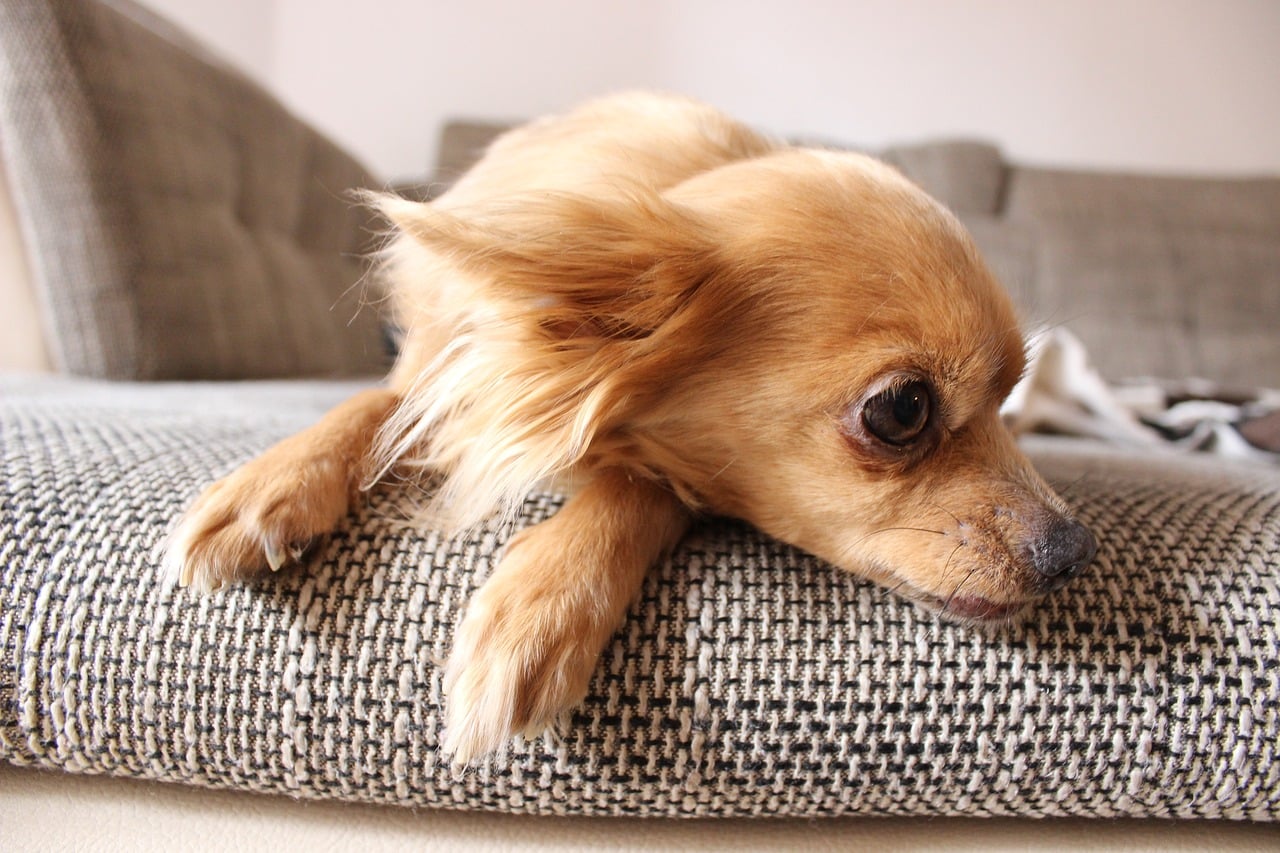 Shutterstock
Shutterstock
Dogs, like humans, need personal space to process, rest, or simply escape the chaos of daily life. Recognizing when your dog needs alone time is key to maintaining a healthy relationship. Whether they retreat to a quiet spot or show subtle body language, respecting their boundaries fosters trust and security. Giving them space not only helps them feel better but also strengthens your bond. So, when your dog craves a little “me time,” let them be—it’s all part of a happy, balanced relationship.
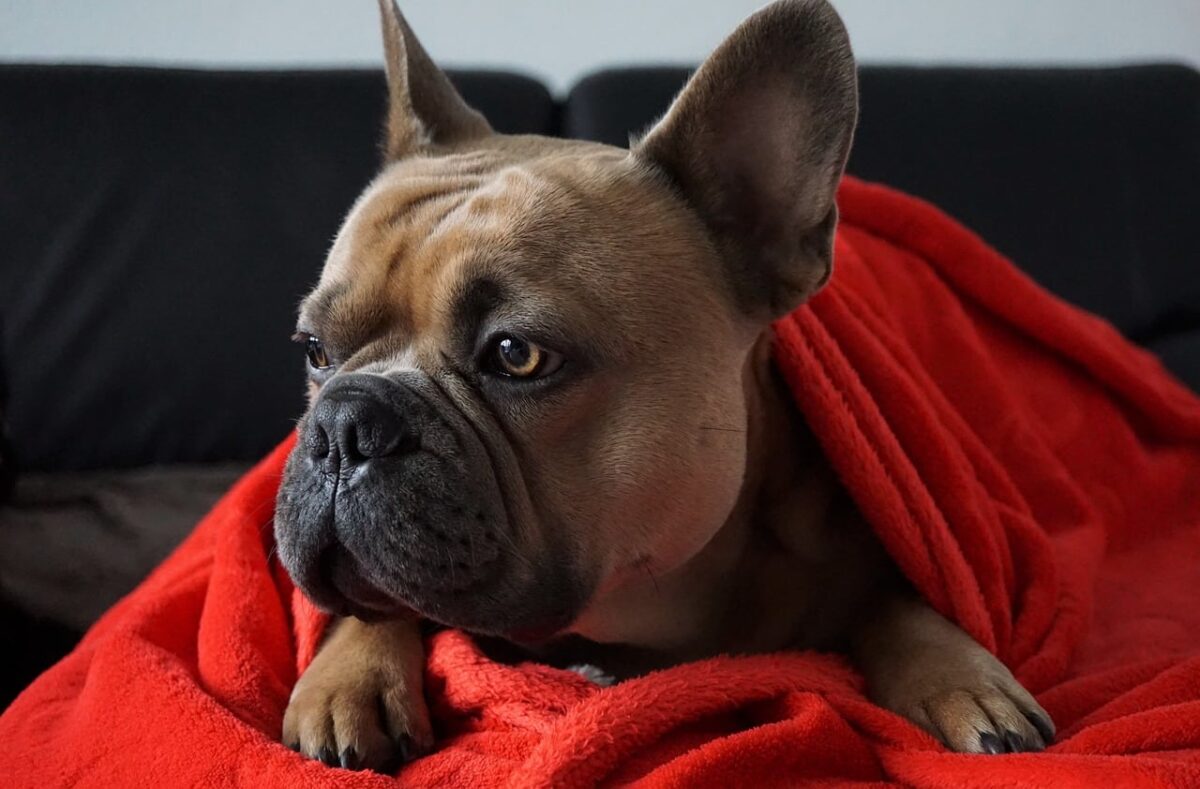 Shutterstock
Shutterstock
One of the clearest signals that a dog wants to be left alone is avoiding eye contact. Dogs use eye contact as a way of communicating, and when they avoid looking directly at you, it’s often a sign that they need some personal space. Dogs may turn their heads or even close their eyes to show that they are not seeking interaction. If your dog is doing this, it’s best to respect their boundaries and give them a bit of space. It’s their way of saying, “Not right now, please!”
Hiding or Seeking Isolation
 Shutterstock
Shutterstock
Dogs instinctively know when they need a break, and they may hide or seek out a quiet, secluded spot when they want to be left alone. This could be under a bed, in a crate, or tucked away in another part of the house. When a dog actively looks for a quiet place to retreat to, it’s a sign they need some time to themselves. It’s important to allow them the space they need, as forcing them out of their hiding spot can increase stress and anxiety.
Stiff Body Language
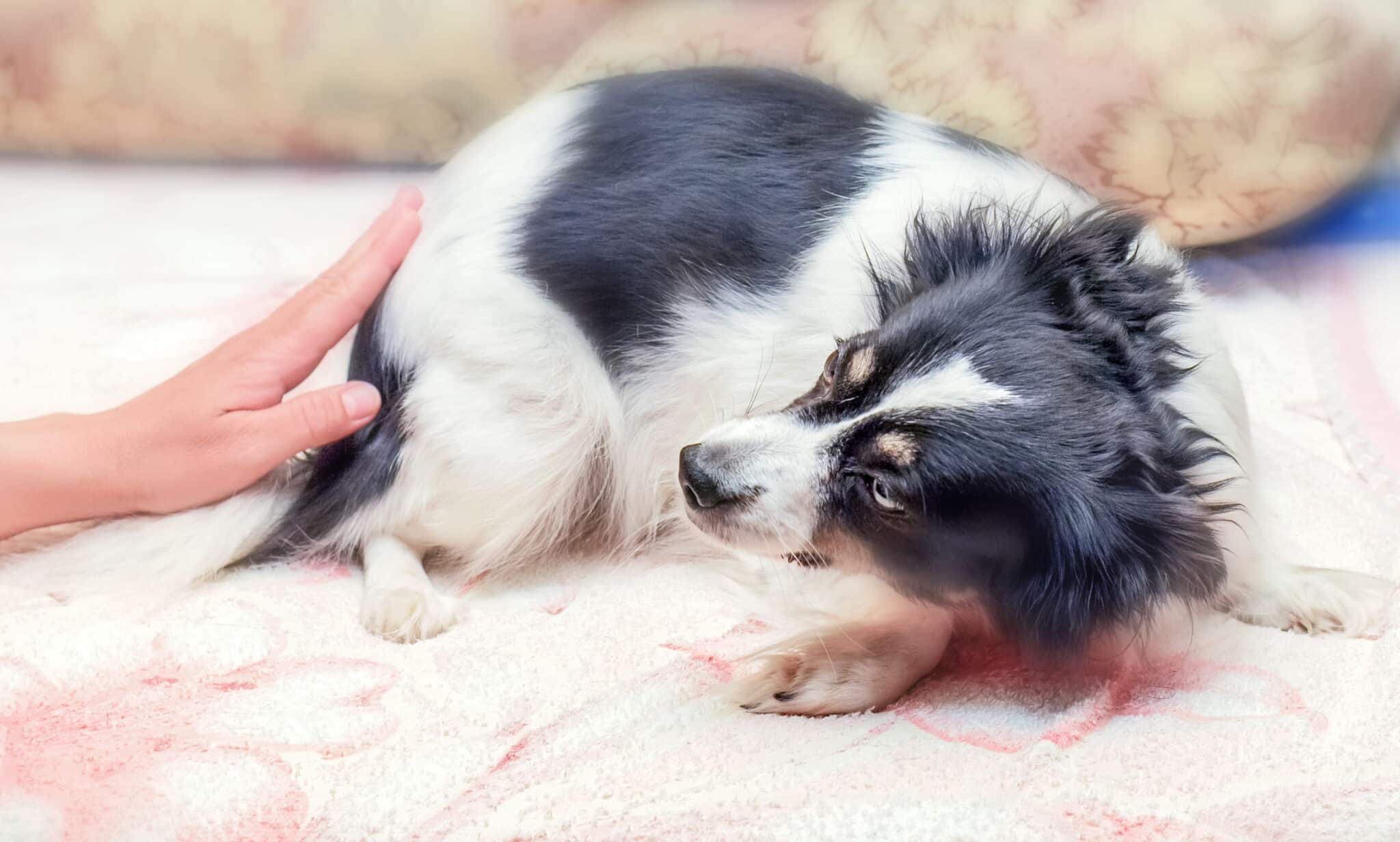 Shutterstock
Shutterstock
When a dog’s body language becomes stiff or rigid, it’s often an indication that they are not in the mood for interaction. This stiffening can occur when a dog is trying to block you out or is signaling discomfort. It’s important to observe their posture closely—if they seem tense, rigid, or unnaturally still, this could be a clear sign that they want to be left alone. Dogs use body language to communicate, so if their muscles are tense, it’s best to give them some distance.
Growling or Snapping
 Shutterstock
Shutterstock
Although growling and snapping are commonly seen as aggressive behaviors, they can also be a way for a dog to communicate that they need some personal space. When a dog growls or snaps without being provoked, they might be trying to warn you to back off. This is particularly true if they are feeling overwhelmed or overstimulated. If your dog displays these behaviors, it’s essential to stop whatever you’re doing and give them some time to calm down. Don’t take it personally—your dog is simply setting a boundary.
Turning Their Back
 Shutterstock
Shutterstock
If your dog turns their back to you or walks away from you, they could be trying to send a message that they need space. This behavior is similar to the way people turn their backs when they are upset or need some alone time. When a dog turns their back, it’s a way of disengaging from social interaction and signaling that they prefer solitude for the moment. It’s a sign of respect for their emotional boundaries—let them have their space, and they’ll come back to you when they are ready.
Whining or Barking for Attention
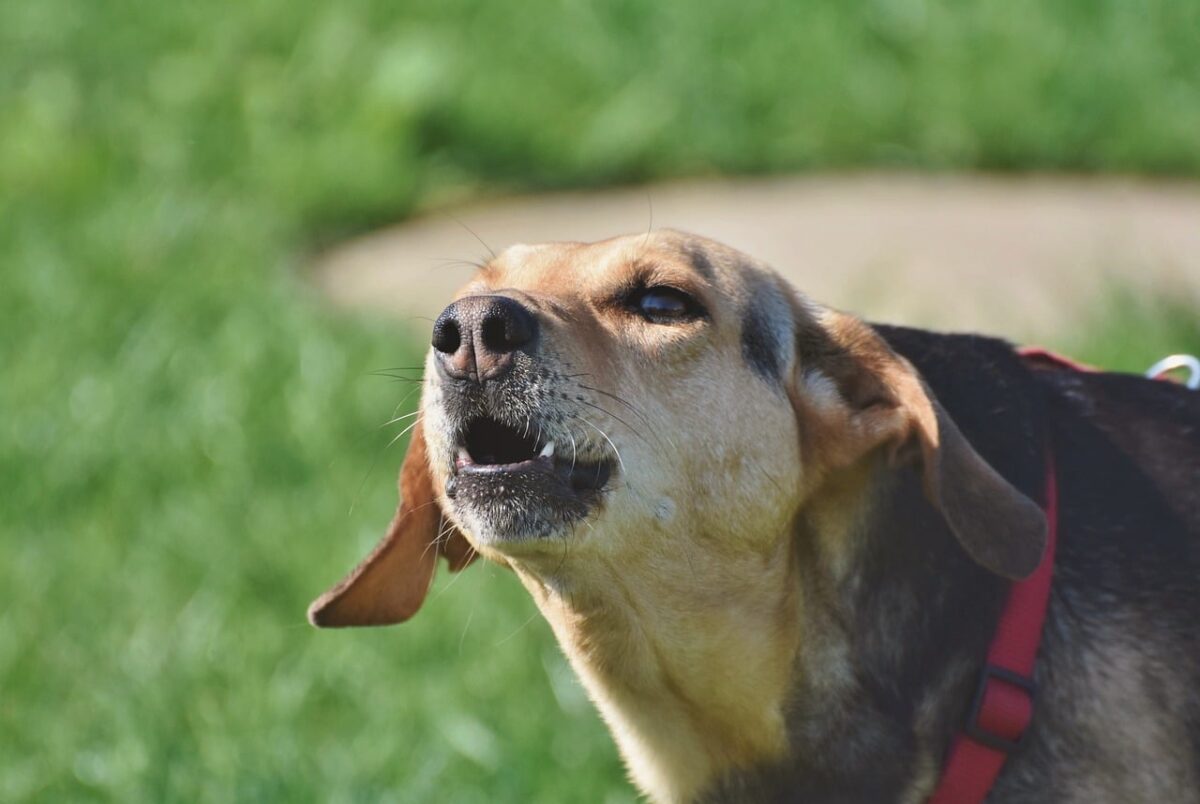 Shutterstock
Shutterstock
While whining or barking can often mean that your dog wants attention, it can also indicate that they are feeling overwhelmed and need a break. If your dog is whining or barking persistently and you’ve already attended to their basic needs, this could be a sign that they are overstimulated and need some time alone. Pay attention to the context—if they are acting anxious and vocalizing more than usual, they may be asking for a little peace.
Laying Down with Their Back to You
 Shutterstock
Shutterstock
When a dog lays down with their back to you, it’s often a sign of trust and comfort. However, if they’re lying in this position and appear to be avoiding eye contact or are staying very still, it could indicate that they don’t want to engage right now. This position often suggests that the dog is retreating into their own space to rest and doesn’t want to be bothered. Respect their space and allow them to relax without disturbing them.
Excessive Panting
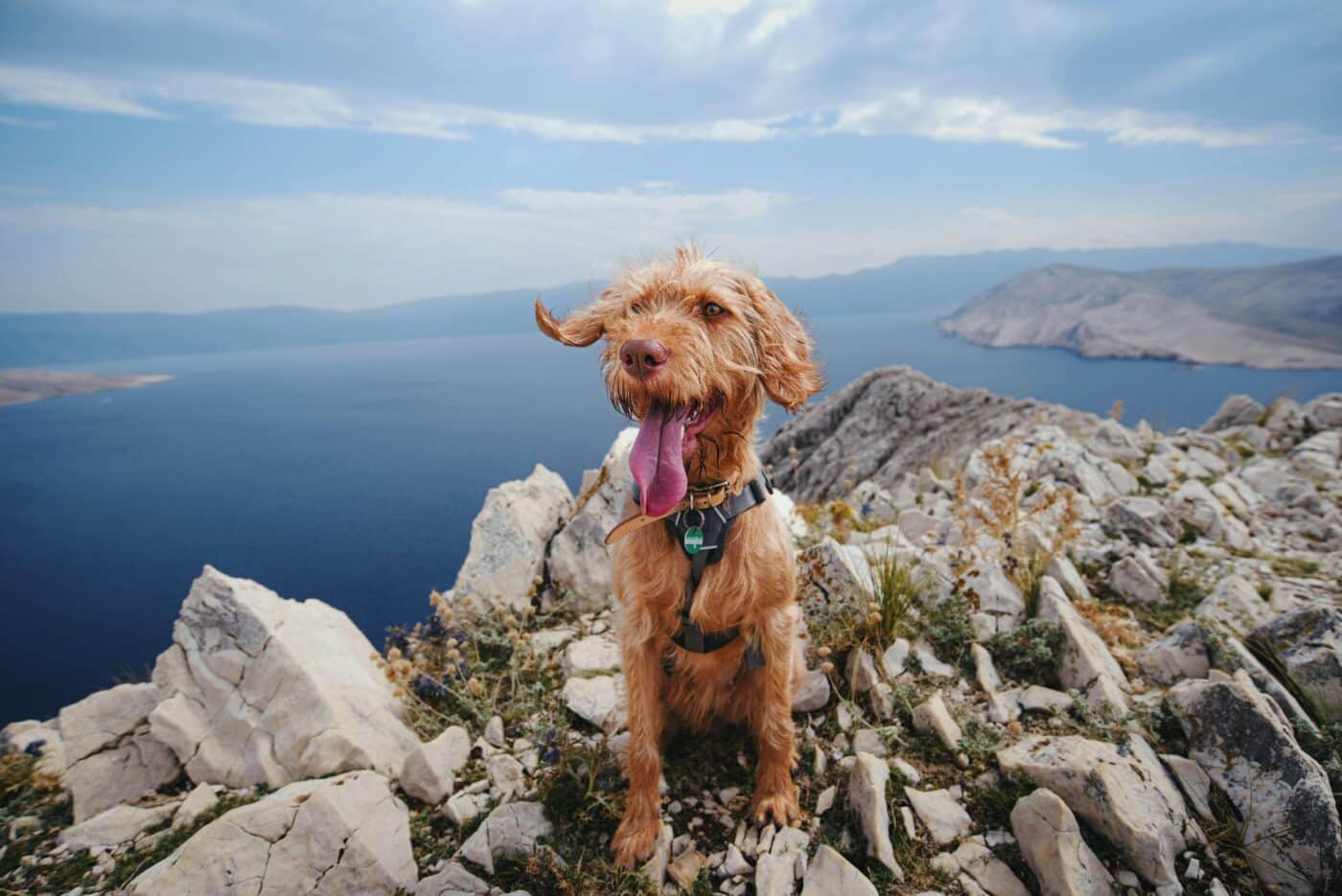 Shutterstock
Shutterstock
Panting is a normal behavior for dogs, but excessive panting can be a sign that your dog is stressed or overwhelmed. If your dog is panting heavily without any obvious physical exertion, it might indicate that they are feeling anxious or overstimulated. In these situations, it’s a good idea to let your dog retreat to a quiet, calm place where they can relax. Overstimulation can cause them to feel frazzled, and giving them time to cool down can help them regain composure.
Low or Tucked Tail
 Shutterstock
Shutterstock
A dog’s tail can be a good indicator of their mood and emotional state. If your dog’s tail is tucked between their legs or is lowered to the ground, it’s a sign that they are feeling anxious, scared, or uncomfortable. In these cases, your dog may want to be left alone to calm down. A tucked tail can signal that they are not in a relaxed state and need some time to process whatever has caused the shift in their emotions. Keep an eye on their tail and give them space if needed.
Lack of Interest in Toys or Playtime
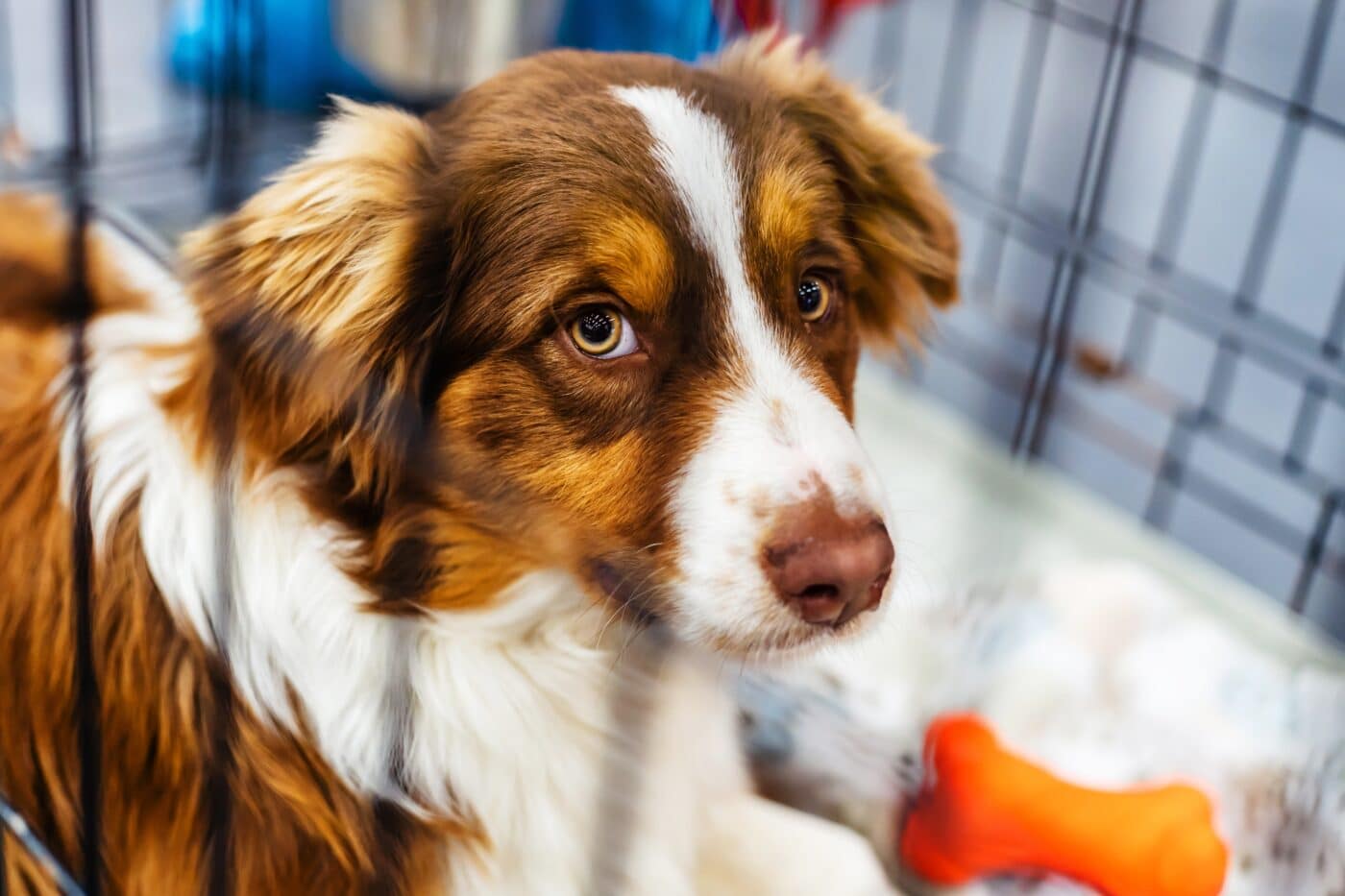 Shutterstock
Shutterstock
Dogs love to play, but when they need solitude, they may show little interest in their favorite toys or activities. If your dog suddenly loses interest in games or playtime that usually excites them, it could be because they need some downtime. Dogs can get tired or mentally fatigued, and when they do, they’ll often retreat into themselves, refusing play or interaction. Let them rest and recharge—there will be plenty of time for play later.
Excessive Grooming
 Shutterstock
Shutterstock
Excessive grooming can be a sign that your dog is stressed or trying to self-soothe. When dogs feel overwhelmed, they often resort to grooming themselves to calm down. If you notice that your dog is obsessively licking, chewing, or scratching, it could indicate that they are trying to manage their anxiety or discomfort. If this behavior continues, it’s essential to give your dog the space they need to settle down and relax. Sometimes, dogs will self-groom when they feel overstimulated and need a break.
The “I Love You, But I Need Space” Moment
 Shutterstock
Shutterstock
Understanding that dogs need personal space is essential for a healthy relationship. Like humans, dogs require alone time to process, rest, or simply escape the hustle and bustle. When your dog shows signs of needing space, it’s important to respect their boundaries and give them the peace they crave. Allowing them time to retreat and recharge helps them feel secure and happy. By recognizing these cues and giving them the space they need, your dog will be healthier, happier, and ready to reconnect with you soon.
